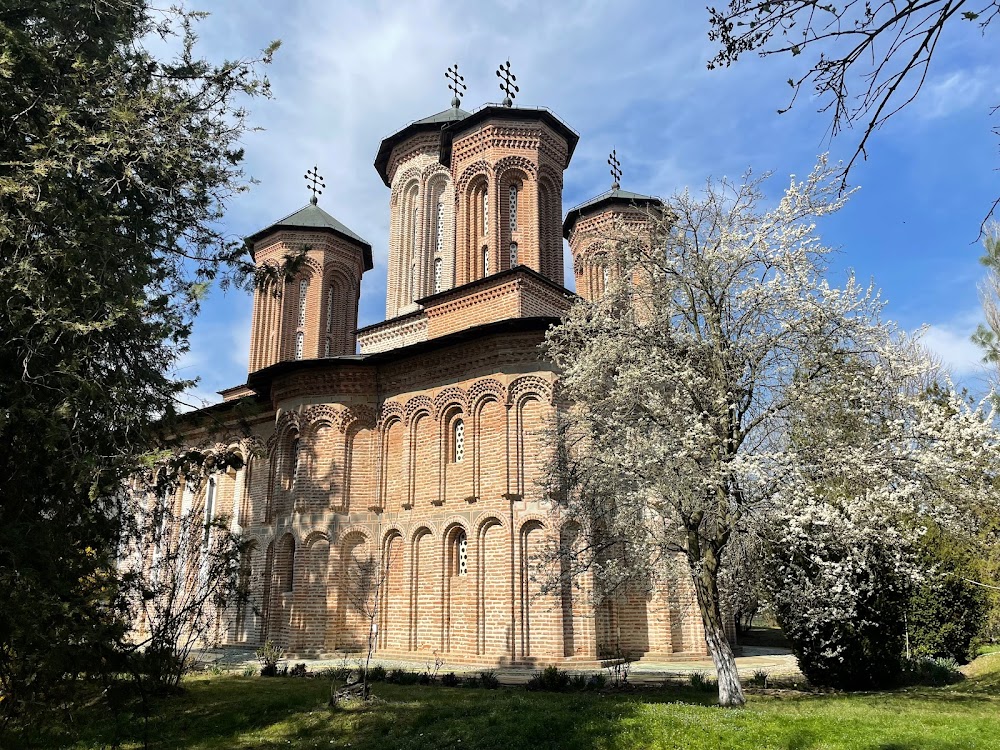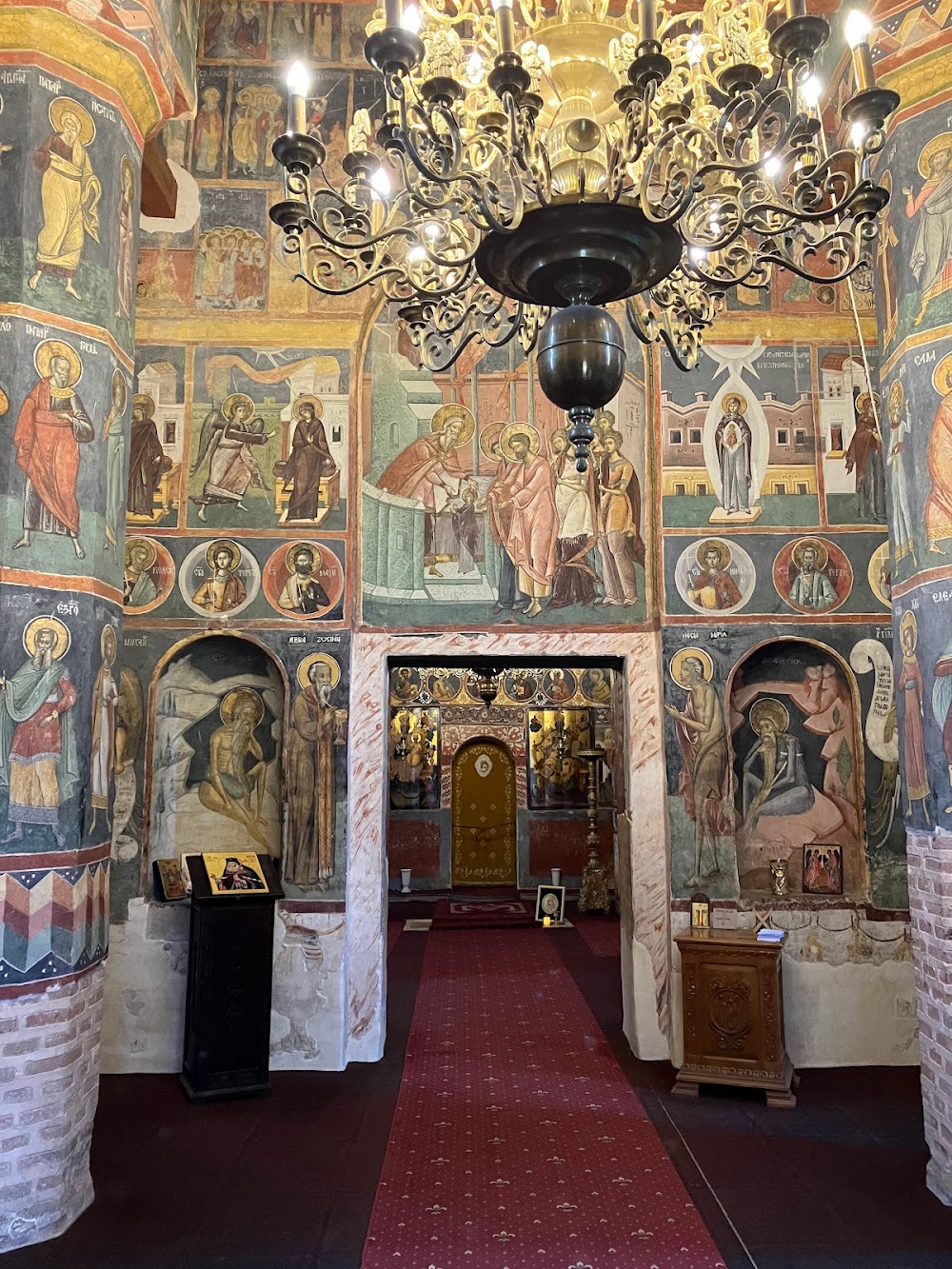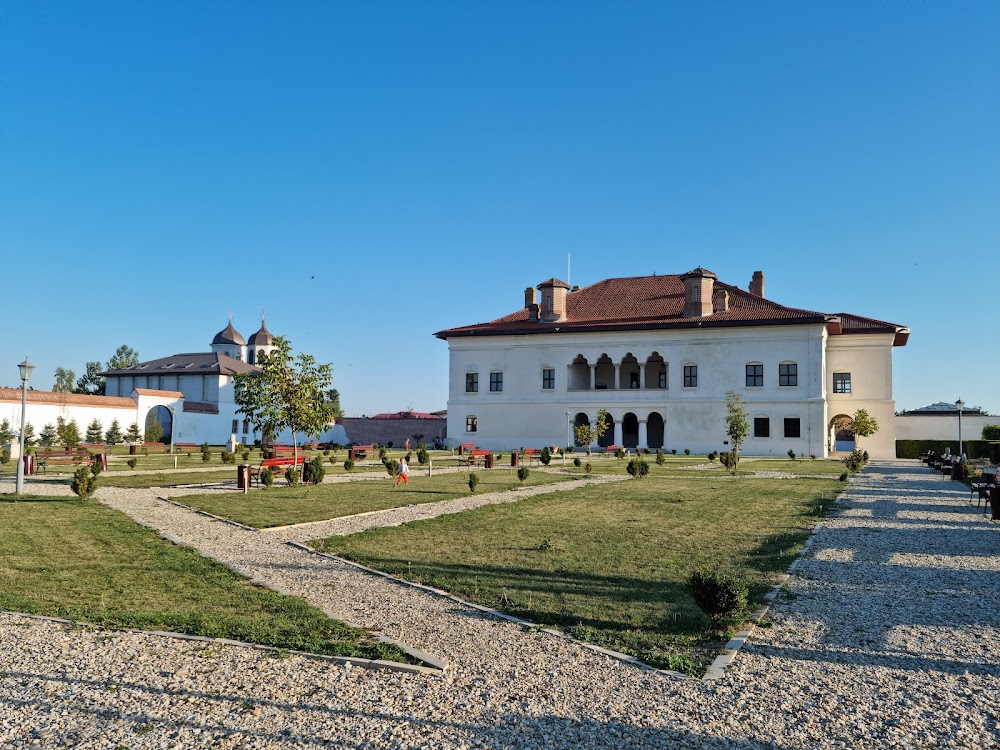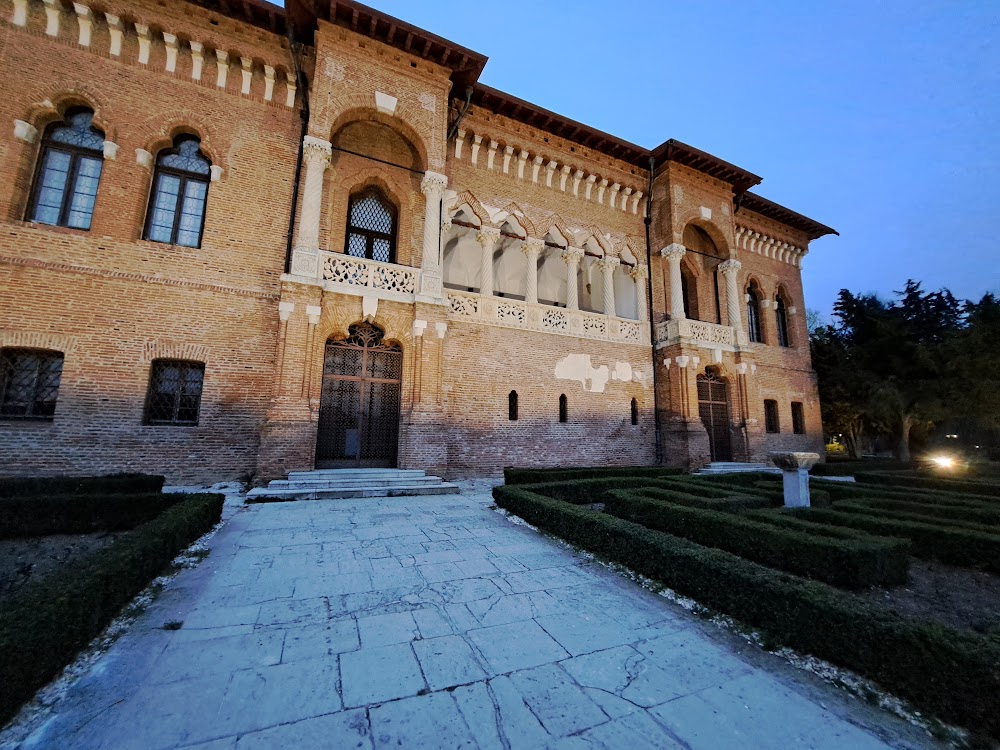Snagov Monastery (Mănăstirea Snagov)
Overview
Snagov Monastery is a remarkable historical and cultural treasure nestled on Snagov Island in Ilfov County, Romania. This captivating monastery has played a significant role in the realms of religion, politics, and military history over the centuries.
Origins and Historical Significance
The roots of Snagov Monastery date back to the late 14th century, making it one of the oldest monastic institutions in the region. Believed to have been founded around 1364 by Mircea the Elder, a prominent ruler of Wallachia, the monastery occupies a picturesque island in the heart of Snagov Lake. This stunning natural setting offered the monastic community essential protection and seclusion, fostering a serene environment for spiritual reflection.
Legends of Vlad the Impaler
Over the years, the monastery has seen various modifications and expansions. In the 15th century, the infamous Vlad the Impaler, more widely known as Dracula, reportedly fortified the monastery with a protective wall and a prison tower. Local legends even suggest that Vlad may be buried in the monastery church, although this remains unconfirmed.
Religious and Cultural Hub
In its early days, Snagov Monastery emerged as a vital religious center, housing a chalice and other sacred relics central to Orthodox Christian practices. The monastery’s library was home to numerous valuable manuscripts, attracting scholars and monks from afar, thereby enhancing its reputation as a cultural and spiritual hub.
Architectural Development
The 16th century marked a period of further growth under ruling princes such as Neagoe Basarab and Matei Basarab, both of whom enriched the monastery’s architecture and spirituality. The church we see today was constructed between 1517 and 1521 under Neagoe Basarab's guidance. Adorned with intricate frescoes, the church underwent restoration in the 17th century, thanks to the patronage of Matei Basarab and Constantin Brâncoveanu.
Byzantine Artistry
The architecture of Snagov Monastery is a stunning embodiment of Byzantine art and design. Inside the church, visitors will find splendid frescoes that depict biblical scenes and saints, painted with vibrant colors and extraordinary skill that reflect the craftsmanship of medieval Romanian artisans.
Restoration and Preservation
Like many historical sites, Snagov Monastery has faced periods of decline due to invasions, political turmoil, and natural disasters. However, ongoing restoration efforts have been dedicated to preserving this architectural gem. Significant renovations in the 19th century helped repair its aging structures, and subsequent projects continue to safeguard its legacy.
Modern-Day Appeal
Today, Snagov Monastery attracts many visitors and stands as a symbol of Romanian heritage. A serene boat ride across Snagov Lake leads to the island, where guests are welcomed by the tranquil beauty of the surroundings and the historical grandeur of the monastery. The interior of the church offers a glimpse into the past with its well-preserved frescoes and ancient relics.
A Living Tradition
Currently, Snagov Monastery remains an active religious institution, with monks continuing the traditions of worship and stewardship that have flourished on the island for centuries. The monastery's peaceful atmosphere, combined with its rich historical and cultural significance, makes it a must-visit destination for anyone intrigued by Romanian history and Orthodox Christian heritage.
In essence, Snagov Monastery is not merely an architectural marvel; it stands as a testament to the enduring resilience of cultural and religious traditions in Romania. Its survival through tumultuous historical events underscores its importance to the Romanian people. Whether visitors come for spiritual inspiration or historical exploration, a journey to Snagov Island offers a captivating passage through time.







